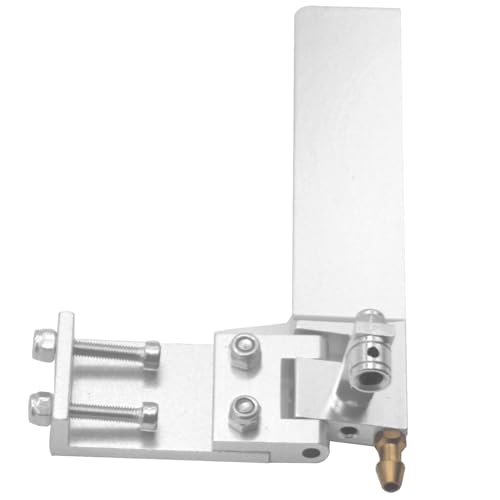Hey guys! Interesting reading. My experience with sponson spacing is as follows................ First lets assume you have a boat with both sonsons equal distance from the tub. The engine is in the center of the tub and the weight on each sponson is distributed the same. That's the benchmark. If you move the left sponson closer to the tub, the result is that more weight is now on the left sponson, so it digs harder in the water, thus making the boat veer to the left. But, that puts the right sponson further out from the tub than the left sponson which allows it to have more leverage in making the boat veer to the right. So, this senario can work for a particular boat. On the other hand, extending the left sponson on a benchmark boat will give more leverage in making the boat veer left, while more weight is distributed to the right sponson making the boat want to veer right. So we have opposing forces, and the one with the most strength wins. Now.............here is where the other variables come into play. Sponson angle of attack and sponson width. If you extend the left sponson from the benchmark boat to give more leverage to pull the boat to the left and the right sponson has more lift than the left sponson, you have less drag on the right sponson as it has more lift but still have more leverage on the left sponson. What I'm getting to is a boat where both sponsons are barely touching the water yet the leverage of the left sponson being way out to the left causes the boat to veer left and compensate for prop walk. Make sense? Most people set up their riggers...left sponson more negative than the right, which plays out well with the left sponson extended.
John:
OK, I agree with every one of your statements about the effect of each change in spacing. I also agree with your statement on attack angle.
Now, what do you think the amount of influence the change in spacing makes. Do you think that the added weight of the sponson moved in or the space of the sponson moved out is a greater influence?
How much spacing change do you think it takes to make a big difference? Obviously related to total weight of the boat and contact patch of the sponson to the water.
What do you run on a given heat race boat to make the boat totally neutral? The way that I like my boats to run. I guess the ultimate test of neutral is a rudder with ZERO left correction in it. VERY difficult to get on the larger high torque prop boats.
Probably too many variables for us to EVER arrive at a consensus...











































